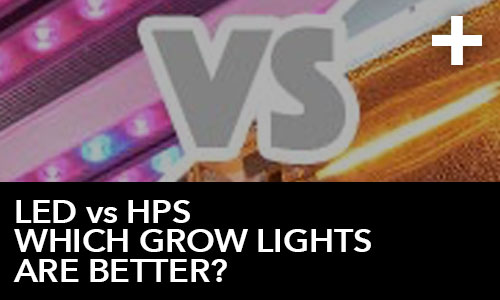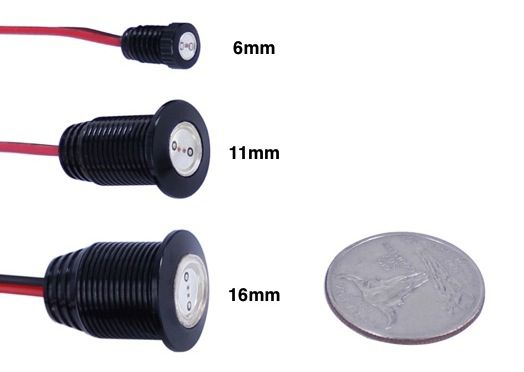Led Light Intensity Comparison
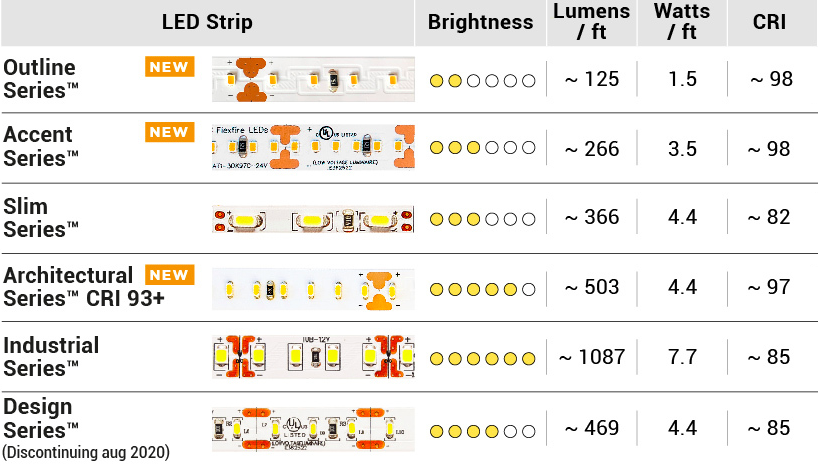
A direct comparison at this point with a 60 mw uvc led with an actual output at 265 nm is that you need 17 leds.
Led light intensity comparison. In this style led bulb clusters of leds are covered by a lens which spreads the light over a wider area like standard incandescent bulbs. Compared to high pressure sodium hps and low pressure sodium lps led lights have a far higher colour rendering index cri. Lumen wattage comparison the chart below illustrates the amount of brightness in lumens you can expect from different wattages of light bulbs. A higher cri is achieved because light produced by led is not monochromatic but has a richer palette of wavelengths of light.
The brightness of light is usually measured in lumens or the total amount of light generated. The greater the lumens the brighter or more intense the light. An led that uses 60 watts is in no way comparable to an incandescent bulb that uses 60 watts. In fact a 60 watt led just may blind you.
There is one difference between the led and the other bulbs. To replace it with the same intensity led just look for one that rates around 2300 lumens. Available in standard edison bases these bulbs are used as area lighting for rooms porches reading lamps accent lamps hallways and low light applications where lights remain on for extended periods. But that is not the complete picture because we still need to account for the difference in wavelength output.
Lumens are derived from luminous flux which is the total power of light which is why high power bulbs are sometimes called high flux to measure lumens an led is placed inside a sealed reflective sphere known as an integrating sphere and its light is bounced. A 40 watt fluorescent tube for example is rated around 2300 lumens. A light emitting diode led is a semiconductor light source that emits light when current flows through it. Simply take your current incandescent watts and select the corresponding led bulb equivalent on the lumens brightness scale.
All the other bulbs increase at least a little bit in intensity as the bulb is rotated to its side. Electrons in the semiconductor recombine with electron holes releasing energy in the form of photons the color of the light corresponding to the energy of the photons is determined by the energy required for electrons to cross the band gap of the semiconductor. Of course not every fluorescent incandescent metal halide etc lamp will give its lumens. For a 10 watt lamp a good assumption would be 1 watt or 1000 mw.

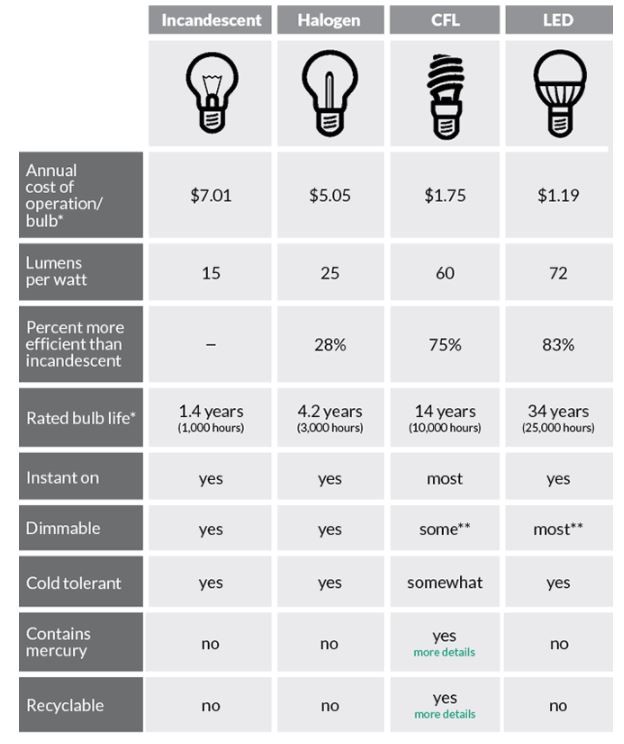
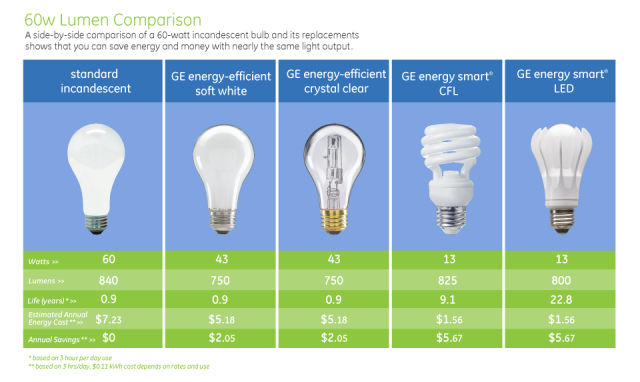




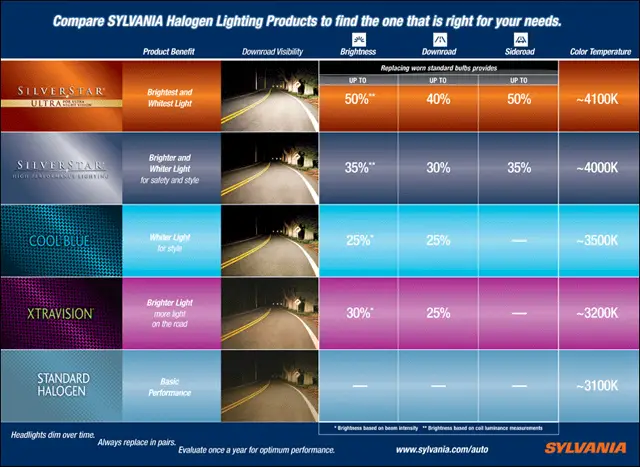




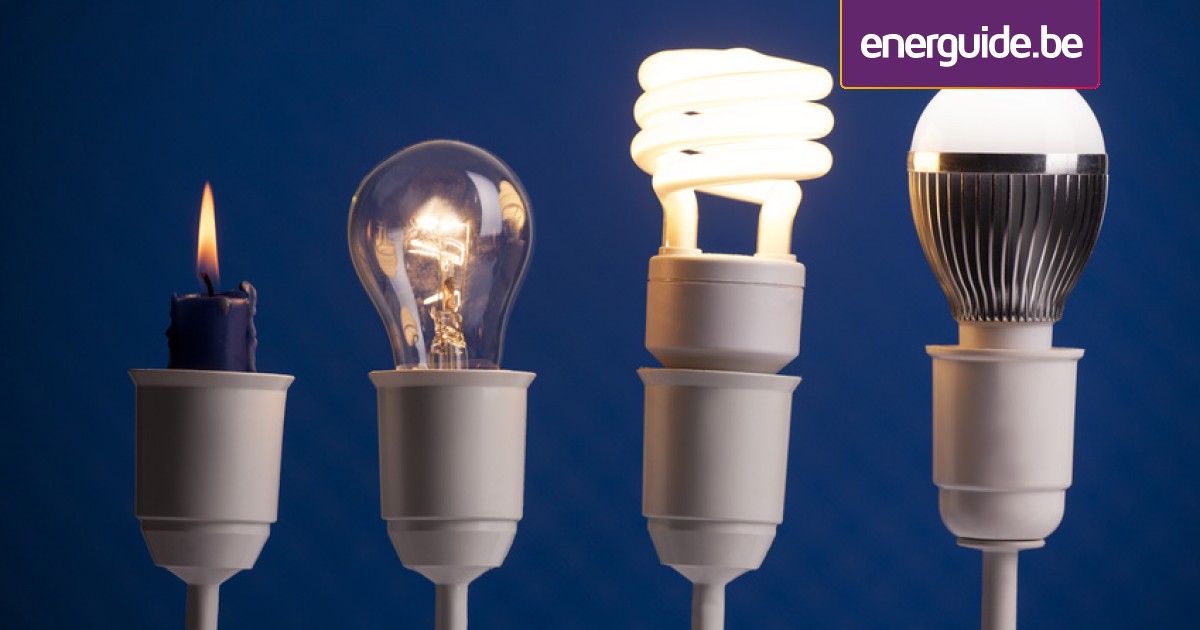




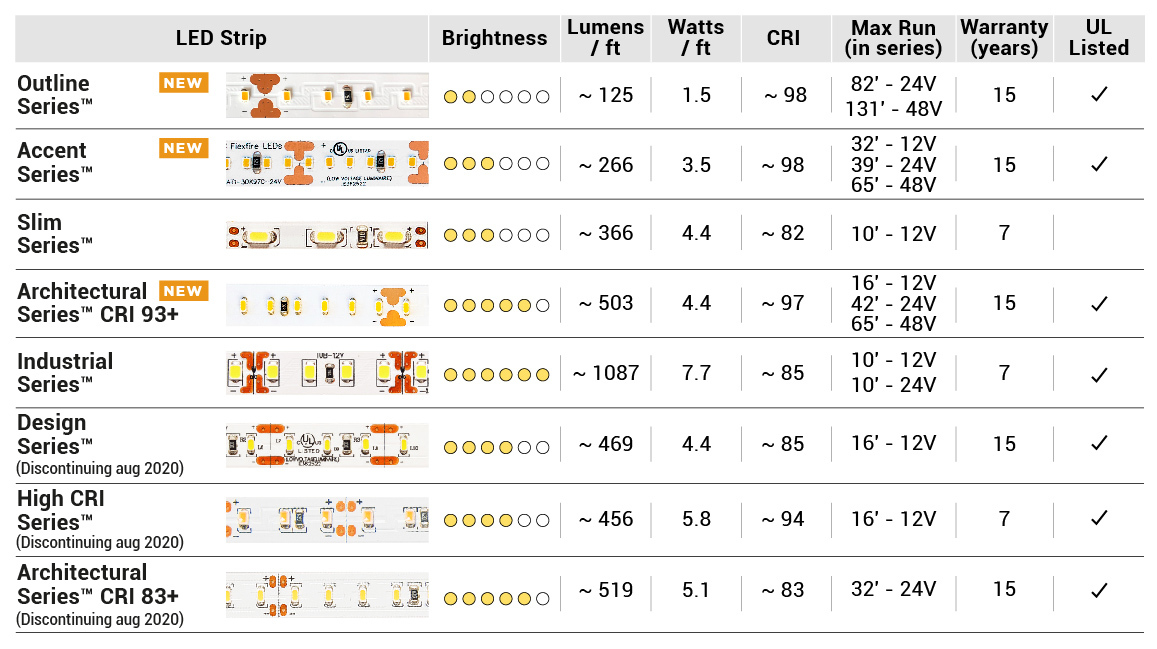




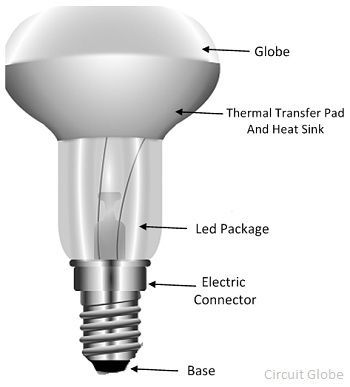











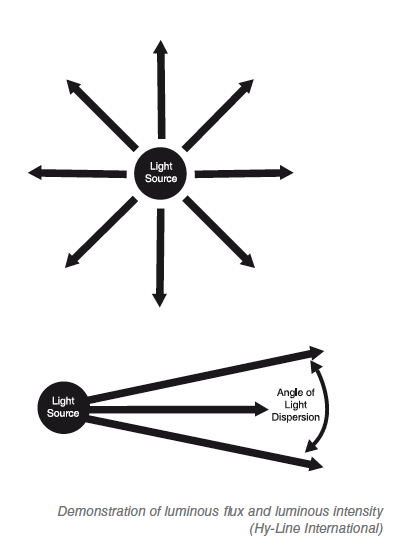
_6efc08.png)



